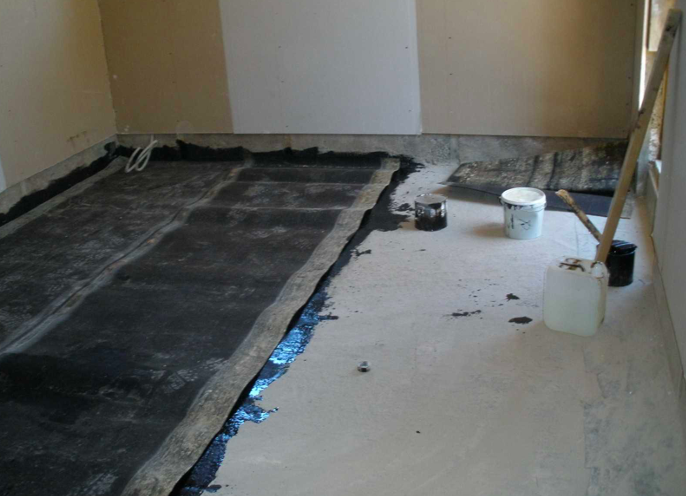Organizing a children's room is a responsible and creative task. Here it is important to create a space that will contribute to the development and comfort of the child. The first step is to determine the zoning of the room depending on the age of the child and his needs.
The content of the article
- Zoning: dividing the space correctly
-
Color palette and design: creating an atmosphere
- For boy
- For girl
- For twins
- Furniture and storage: every thing has its place
- Training and development: stimulating cognitive interest
- Safety: first priority
- Conclusion: we design with love
Zoning: dividing the space correctly

Zoning is an integral part of organizing a children's room. This helps create a comfortable and functional space that suits your child's needs and interests.
The first step is to determine the needs of your child depending on his age and hobbies. For younger children, it is important to allocate enough space for games, while for schoolchildren, a corner for studying is necessary.
Dividing the space into zones will help create an orderly and functional environment. Use furniture and decor to visually divide the room into a play, study and relaxation area.
The selection of furniture also plays an important role in zoning a room. Multifunctional furniture will help save space and create comfortable areas for different activities.
The order of things is important for the comfort and convenience of the child. Provide storage systems in each area to help your child keep their room organized.
Each area should be well lit. Choose different light sources to create comfortable conditions for games, study and relaxation.
Adding decorative elements and accessories will help create a cozy atmosphere in each area and emphasize the individuality of the children's room design.
Zoning requires careful consideration and planning, but with the right approach, you can create a functional and comfortable space for your child.
Color palette and design: creating an atmosphere
The design of the nursery should be bright, but not annoying. When choosing a color palette, consider your child's preferences and the psychological impact of colors.
For boy

The choice of color palette for a boy often leans towards more traditional and calm shades. Blue, green and gray are great choices for creating a cozy atmosphere. However, you shouldn’t limit yourself to just the classic options. Feel free to add bright accents with red or yellow. The design of a boy's nursery can be supplemented with themed decorations depending on the child's hobbies - cars, dinosaurs, space or marine themes.
For girl
For girls, pink, purple and white are traditional colors. They create a gentle and soft atmosphere in the room. However, you can move away from standard solutions by adding bright and rich colors to your design. For example, blue or red can go well with white and pink, creating a harmonious and stylish interior in the pop art style. Decorative elements in the form of butterflies, flowers or princesses will add comfort and fantasy to the decor.
For twins
Decorating a room for twins requires a more careful approach to meet the needs and interests of both children. Neutral shades such as beige, gray or mint can be a great backdrop to create a harmonious space. Decorating the ceiling in a nursery in such shades helps to visually expand the space and make it lighter. To add a personal touch, you can use different accents in each child's area, choosing decor to suit their preferences. This will help create a unique and comfortable nursery design for each of the children, while maintaining the unity of style in the design of the room.
Furniture and storage: every thing has its place

Arranging a nursery includes choosing furniture and storage systems. Cabinets, shelves and drawers will help keep your nursery organized and organized.
Training and development: stimulating cognitive interest
Place educational games, books and educational materials in the room. This will help stimulate the child's interest in learning and development.
Safety: first priority
Follow the requirements for a children's room: safe materials, no sharp corners, reliable and stable furniture designs.
Conclusion: we design with love
Designing a child's room is a process that requires attention to detail and an understanding of the child's needs. Organizing a children's room in an apartment can be a fun project for the whole family, which will help create a comfortable and functional space for your child.


